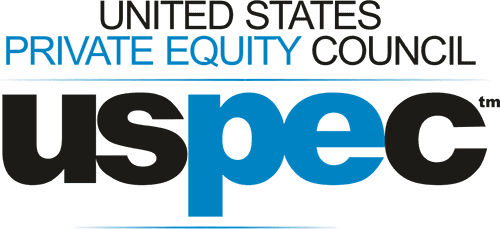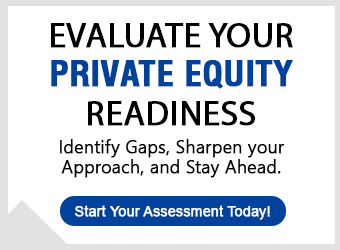UNDP’s SDG has already spurred a $50bn global investment market, and the private equity industry is well on its way to taking the biggest share of this pie. An emerging tool that’s providing the much-needed channeling of funds to development projects is blended finance- the watchword for the modern impact-oriented private equity professionals. Great careers are waiting to be made, but first,
What is Blended Finance?
Blended Finance, as the name suggests, is fairly self-explanatory. It’s the amalgamation of private funds and philanthropic OR development funds to catalyze impact-based financing of strategic and development projects (commonly oriented to the Sustainable Development Goals). At its core, blended finance is the deployment of public funds from multilateral aid bodies to initiate private capital flow into emerging and frontier economies.
Some Examples of Blended Finance
- One of the biggest showcase projects of blended finance was the development of a €360 bn hospital in Turkey with credit enhancements from development banks that made it possible to issue investment-grade bonds for investors.
- Another prominent example of blended finance came about in the form of a $58 million debt of multiple countries that was implemented with some very sophisticated investment products and financial modeling by the African Development Bank, Calvert Capital, and the Nordic Development Fund.
- Besides these, the Government of Norway and Unilever have earmarked a $125 million fund that focuses entirely on agriculture communities to foster community-inclusive and deforestation-free production ecosystems.
The Opportunity
But the thing about blended finance - it doesn’t stop there. The investment gap is huge and potential investors are lining up with very deep wallets, especially in the private equity investment sector, to address these gaps. In fact, if the UN’s SDG’s are to be implemented, there’s an investment gap of $6 trillion every single year. Considering that these projects are heavily supported and subsidy is driven by development banks and government, the opportunity for private equity professionals is nothing less than massive, considering development projects on a global scale. Even as development banks and developing economy governments are opening up to the concept of blended finance and have shown clear intent to collaborate with private players in the recent past. The fact is supported, of course, by all UN member states, and that is a very large number of motivated supporters.
The Challenges
Scalability has always been a major issue in blended finance, and so is skepticism. Equity firms are unable to enter into futures contracts in projects because of the limitations imposed by the aid-bodies to spend the entire allocated budget within the period of the fiscal year.
Another significant challenge is the micro-level monitoring of all funds allocated to a development agency, where every dollar spent is closely tracked, as opposed to investment fund houses, who rely on the macros of the balance sheet to assess the impact of the project and the ROI.
What it means for the Skilled Private Equity Professional
Private equity investors, with the skills and the wherewithal to leverage this new and emerging trend in developing economies, have a massive potential to tap. The Business Commission projects a $12 trillion opportunity for private sector investment in blended finance projects in the next 10-15 years. What does this mean for the average Private Equity aspirant? More and more private equity funds will have their specialized department coordinating with multilateral aid bodies and funds to leverage this opportunity. This also means that the demand for skilled and certified professionals in private equity who are familiar with the nuances in blended finance are going to be heavily in demand over the next 5-10 years. The revolutionary move from the mere sustainable to the investible (which private equity player revel in) is already underway across the planet. Get certified and hop on to this career for the greater good, while pocketing significant ROI in the process!






